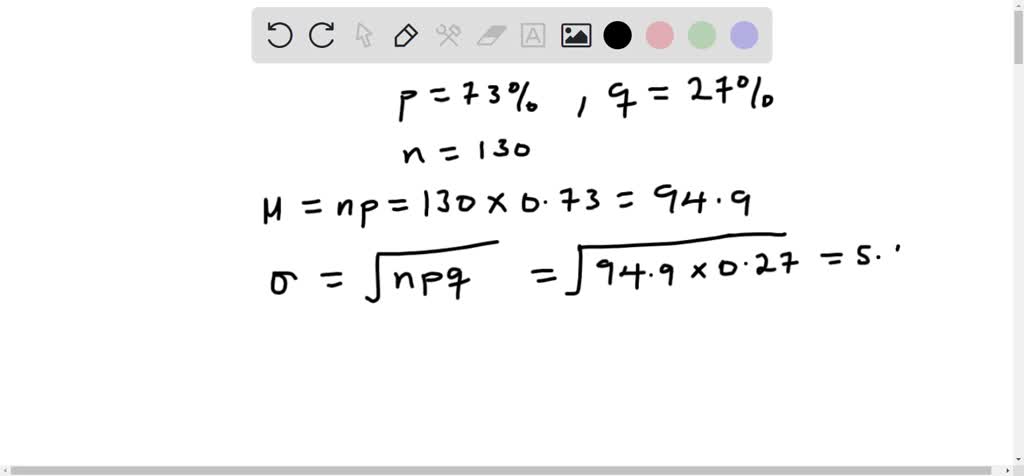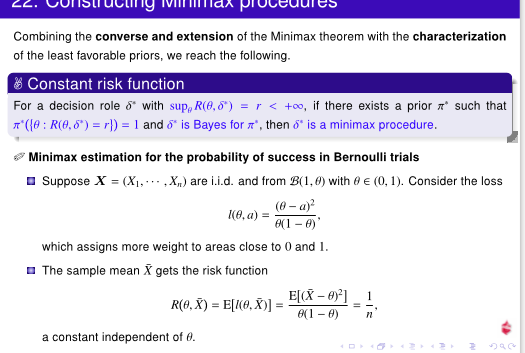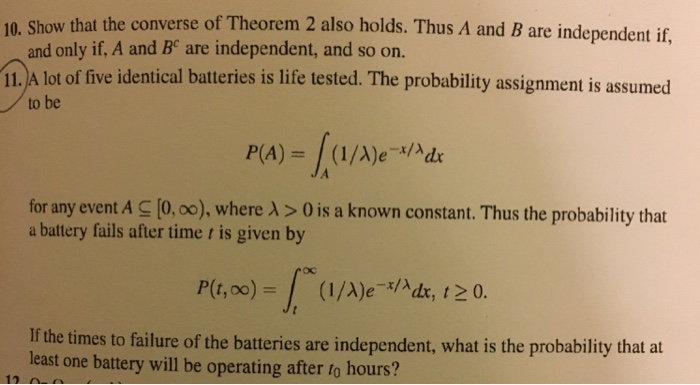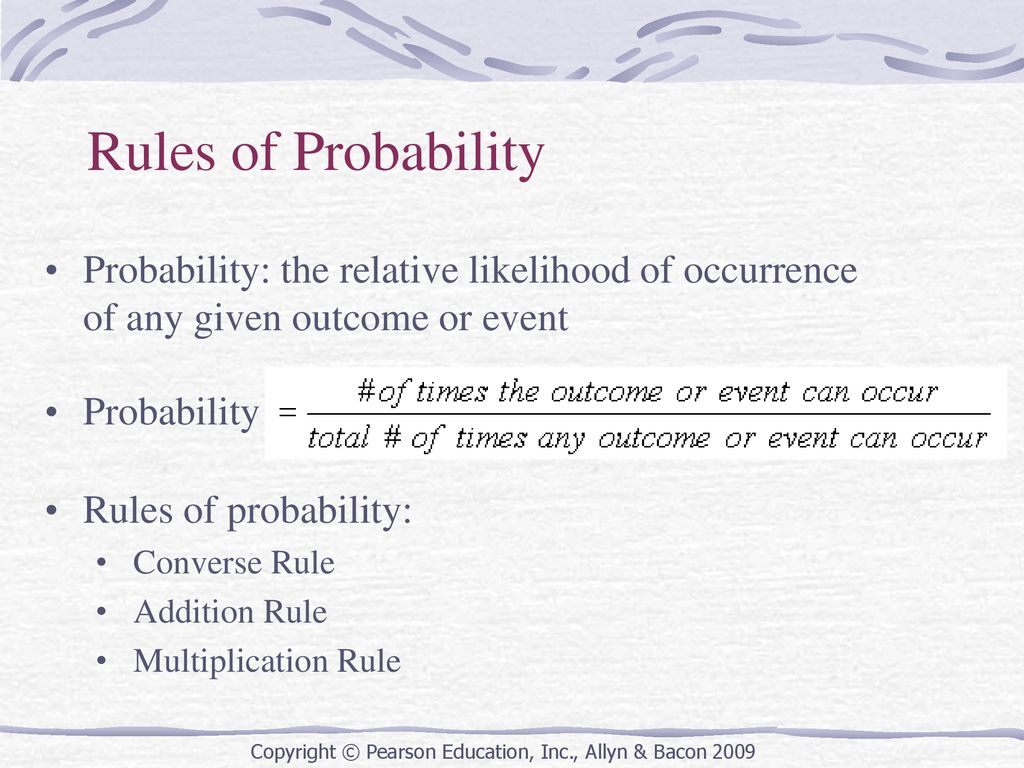
Lecture 9 - slides - Math 2 Probability 9 Several Random Variables 9.0 Learning Outcomes After - Studocu

Chapter 5 Review Probability – the relative likelihood of occurrence of any given outcome or event, ranges from 0 to 1 Converse Rule (not) Multiplication. - ppt download

SOLVED: A recent study reported that 73% of Americans could only converse in one language. A random sample of 130 Americans was randomly selected. What is the probability that 100 or fewer

Converse (48) and achievable (225) bounds on the energy transmission... | Download Scientific Diagram

Is this last statement a convergence in probability, why does this converse holds? - Mathematics Stack Exchange

self study - Conditional probability given only the converse conditional probability, and the average of one variable - Cross Validated

Question Video: Identifying the Converse, Inverse, and Contrapositive of a Conditional Statement | Nagwa

Chapter 5 Probability and the Normal Curve. Introduction to Part II In Part I, we learned to categorize data to see basic patterns and trends. Measures. - ppt download


:max_bytes(150000):strip_icc()/converse-5655e26e5f9b5835e437fb1a.jpg)









![PDF] On two strong converse theorems for discrete memoryless channels | Semantic Scholar PDF] On two strong converse theorems for discrete memoryless channels | Semantic Scholar](https://d3i71xaburhd42.cloudfront.net/8643a027650c3908d1585f3550797c94ce5824fa/5-Table1-1.png)

